1 Comment
To reduce costs, many people build their own greenhouses. That way, you can get exactly what you want. But what if you really don't have the time, or the ability, to build your own? From Mother Earth News, an article about all the finer points of choosing a greenhouse kit. People who love gardens also love greenhouses. The best backyard greenhouses feed the need to dirty our fingers while the rest of the garden is dormant. Even a small greenhouse can provide effective season extension by jump-starting seedlings in spring. When managed properly, a greenhouse is a backyard oasis that yields fresh food year-round. If a lack of construction skills is keeping you from building a greenhouse, consider a kit. The best greenhouse kit is one that fits your needs and your pocketbook. Kits are easier than building from scratch and don’t require as much building experience (although it certainly helps to have a DIY attitude when you set out to build your own greenhouse, even from a kit). Shopping for Your Best Greenhouse Kit Local Regulations. Start by researching required permits, zoning, setbacks, underground utilities and other requirements for your area. Some localities demand a certain type of foundation. A greenhouse attached to your home will likely face more stringent requirements than a free-standing greenhouse. In some places, greenhouses are regulated under a “storage shed” designation. Consider size carefully, as you may be able to avoid many regulations by simply settling for a small greenhouse. Site. Your greenhouse site must have adequate light — six hours of uninterrupted sun on a clear day. You may have to trim or remove a tree to create more light for your chosen location. Also, consider access to water. Is there a nearby hose bib to provide water, even in winter? Some gardeners add gutters and an interior rain barrel to their backyard greenhouses for a winter water source. Electricity can power heating, lighting and ventilation, so keep an accessible power source in mind, too. Vendors. Check companies carefully — even a small greenhouse is a big investment, and you should feel comfortable with the supplier. Don’t be afraid to ask questions, such as: • How long has the company been in business? • How many kits has it sold? • Does it manufacture the kits or simply resell them? • How extensive is the warranty? • What technical help can the company provide? • How is the greenhouse shipped and packaged? • What is the cost of shipping? You might add other questions to this list. If you have minimal building experience, read a copy of the kit’s manual beforehand to make sure it’s understandable to you. If you’ll be building the kit on weekends, ask whether someone from the company will be available to answer questions on Saturdays and Sundays. You may want to see demonstration photos or videos of the kit’s construction before committing to buy. Tech support may be limited if greenhouse kits are not the company’s specialty but just one of many products it sells. Read more: http://www.motherearthnews.com/diy/best-greenhouse-kit-zm0z13amzmar.aspx#ixzz2SFLa2VZh I have terrible anxiety issues, so finding ways to deal with it naturally is important to me. There may not always be a pharmacy around, and even if there is, using plants is better for your body. Many of these are very easy to grow no matter where you live. Most will also work if you have trouble sleeping, and who wouldn't love a cup of lavender/lemon balm tea?
We have at least a few determined readers who live in town, or have no yards, or live in apartments, have health issues and can't manage gardens, etc. I am going to repost today some ideas for gardening in small spaces. It takes just as much work to plant and grow ornamentals as it does food; both are pretty, but for the work involved, why not get some produce out of the deal? Below are several ideas that I have found while traipsing around the internet, some I have posted before and some I haven't. They are all great for inspiration. Happy Growing! Above is an illustration on how to grow potatoes in a bag; you start at the bottom, and fill with dirt as the plant grows.
However, I want to add a little information to this drawing; it looks like it has the seed potatoes planted whole. DO NOT plant whole seed potatoes. You need to cut them in cubes first, with one or two eyes per cube, then let them dry (cure) for two or three days. If you don't, most of them will rot before you get any food from them. Then plant them eye up, and back fill dirt as the stalk grows. It is ironic that starting seeds indoors requires grow lights, and that they be close to the seedlings or they will get too leggy and collapse. The sun isn't close to seedlings at all, and yet if you are growing things native to your area those same seedlings will thrive. Just more proof that all living things do best in their natural environments, including humans. :)
Our emergency well pump; we chose this pvc set up because there are no leathers to dry out if we don't use it. This well is relatively shallow, but we had the same pump on our last well too, and it was 180'. It doesn't put out as much water as a big iron pump, but for now it serves our needs.
This well was abandoned when the house was put on county water, so no longer has an electric pump in it. The pvc set up can be installed even with an electric pump, as that is how we had it on our last well. For me to feel secure, I like to have at least two sources of water that I can use even without power. Now if I can get my windmill hooked to another well this summer, I can keep my ponds full too. I love bees. Not only because they are cute, but because they assist me in growing food, AND honey is my go to cure all for ailments inside and out. I don't use chemicals on blooming plants, I always plant bee friendly or bee attractive plants, and I leave certain areas of my land untouched, so that the bees can have all the clover they want, as well as any other native plants they might like. Protecting the wild bee population is one of the most important things that I do, in my opinion. I help them, they help me. Check out this very interesting link to bee-havior. From New Scientist.com, The extraordinary mental feats of bees are forcing us to rethink what we thought we knew about intelligence. Prepare to be surprised at what a tiny brain can do as we take a look at some of what these industrious honey-makers get up to. Guarding the door Throughout history, bees have been revered for their altruism and cooperation – but they occasionally engage in all-out warfare, invading another hive and steal its honey. For this reason, some workers linger at the hive entrance to ensure that no enemy bees make it inside. The guard bee in this picture can be seen with its body arched, waiting to inspect and attack intruders. Attending the queen In any hive, the queen bee quickly establishes an entourage befitting its royal status. Here, the queen honeybee (Apis mellifera) sits at the centre of its court. As sign of their loyalty, its attendants lick their sovereign and clash their antennae against her majesty's – a common behaviour that helps establish group membership in the hive. Can I have a bite? Bees share and share alike, passing their precious nectar to other members of their hive. This also allows them to exchange relevant hormones, helping to prepare the behaviour of the colony for different situations. Gardens are so important to many people, either for aesthetics or for producing food. Working the soil is good for the soul, and years ago I had a gardening epiphany; if I am going to do all this work landscaping, why not put in plants that would give back in the form of food, herbs and medicine?
I've never been much of a tea drinker. I have sampled many times the teas in the little boxes from the grocery store, trying to understand why people seem to like them so much. They were always so bland and tasteless, even if I used three or four bags. I even went so far as to find a local bulk tea shop, and bought several types that appealed to me. Most of them just can't compete with my heavenly dark brewed, packed with flavor, beloved coffee. I gave up, and decided the Brits could have my share. However, when I began to grow my own herbs, a really wonderful thing happened; I found that my homegrown teas were packed with flavor. In addition, if you are using teas as medicine, using fresh plant material is a better way to acess the medicinal qualities. For an even more interesting tea, try adding fruit peels such as apple, lemon or orange. I save my fruit peels for just this purpose. Find some local honey as well, and you can create all sorts of heathful, helpful powerhouses. From wikiHow.com: A tea garden is a delightful hobby that can complement the rest of your herb garden and will provide you with the joy of fresh herbal teas, more properly known as herbal infusions or tisanes, at a moment's notice. Creating a tea garden in a container can also make a perfect gift for somebody. References to "tea" below should be understood to refer to herbal tea. [snip] Peppermint - this is a perennial favorite for many people. Its refreshing taste is uplifting and cleansing, as well as wonderful for stomach troubles of all kinds. Peppermint is generally very easy to grow and enjoys sunny and semi-shaded spots. Grows very, very easily and unless you want it escaping across the garden, keep it pot-bound. The leaves are the part used for making tea. Lavender - a delightful, softly fragrant tisane that is perfect for soothing, especially recommended for reducing tension and soothing headaches. Lavender grows well in full sun, well-drained soil . Lavender buds are the part of the plant used for tea. Lemon Verbena - a refreshing and tangy lemony taste comes packed in these simple but easy-to-grow leaves. It needs full sun and will not tolerate harsh winters, so keep it pot-bound if that's a danger in your area. The leaves are the part used for tea. Rose Hips - rose hips are the seed cases for roses. They are extremely high in vitamin C and are very good for you. Rose hips will form once the rose bush goes to seed. The rose hips should be deep orange-red before harvesting. Clean the rose hips gently before steeping. Marjoram - this herb has a fruity, citrus flavor and an undertone of mint. It grows well in full sun to semi-shade. Leaves and flowers are suitable for steeping. Pick the leaves or flowers. The best time of day for this is just after the dew has dried but before the heat of the sun begins to draw the oils out of the plant. Prepare the leaves. Leaves should be bruised to release their essential oils . Do this by rubbing them together. Make the tea. Add the herbs to a teapot or directly to a mug or cup. For each cup of tea, add approximately 2 to 3 teaspoons of fresh leaves and/or flowers. Slice rose hips in half before adding. Allow to steep for 5 minutes. This will ensure that the flavors are released and the full benefits of the herb's or flower's qualities are available. Read more about teas as gifts, choosing the right soil and/or pots for herb growing, and additional herbs to grow and use at http://www.wikihow.com/Grow-an-Herbal-Tea-Garden. |
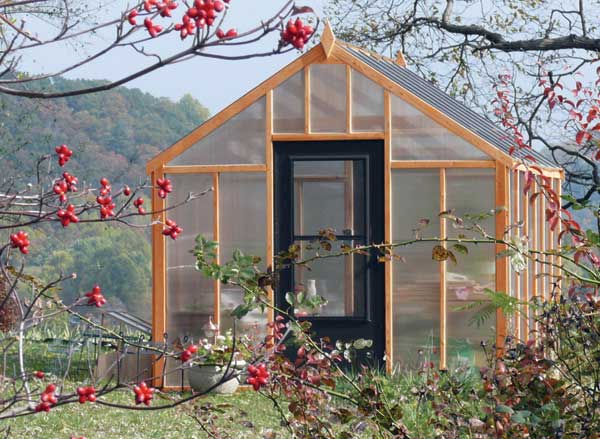
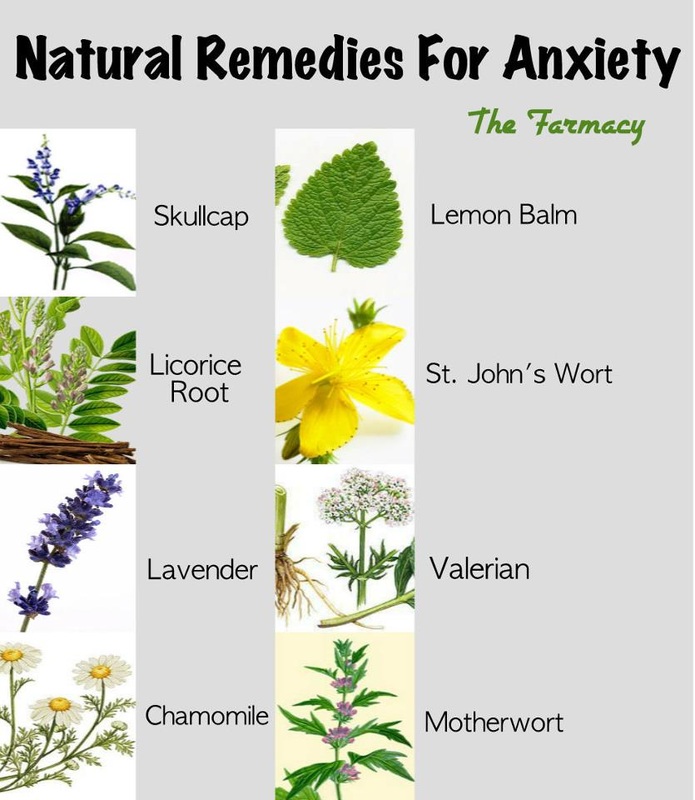
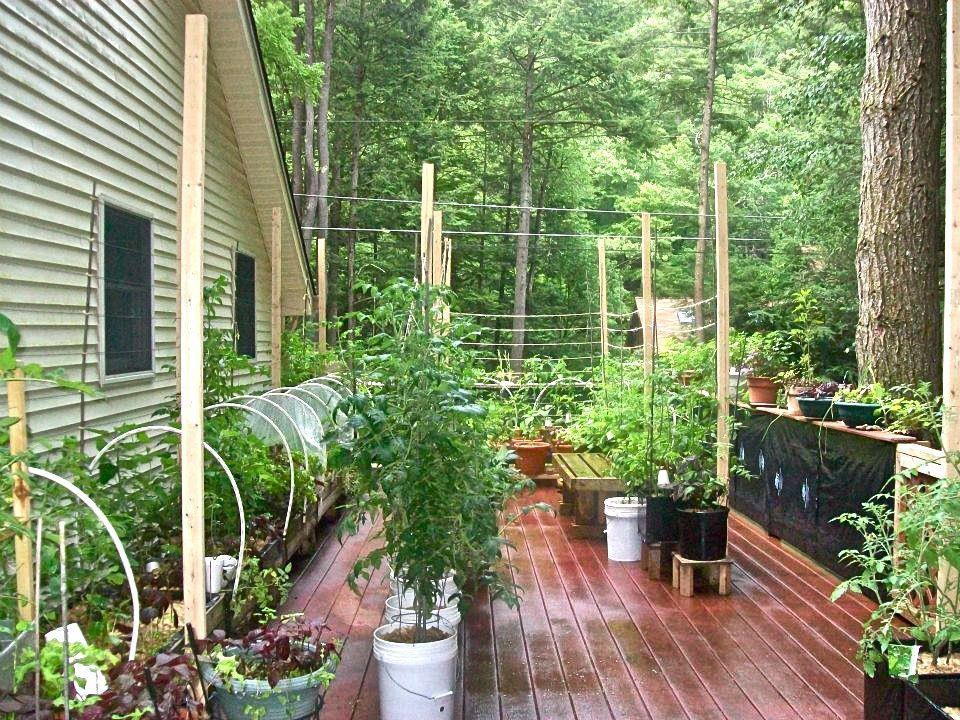
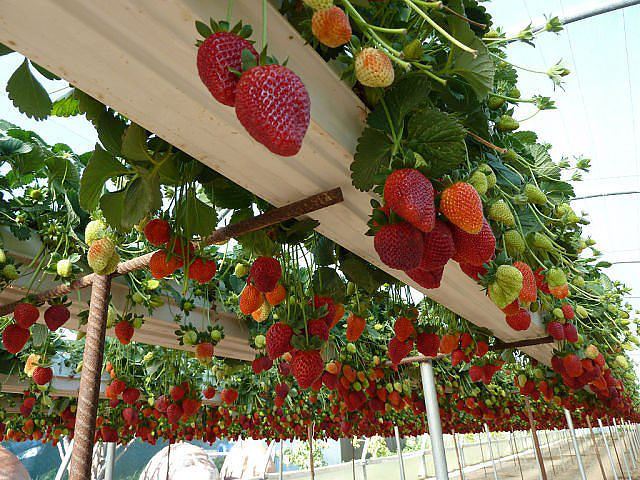
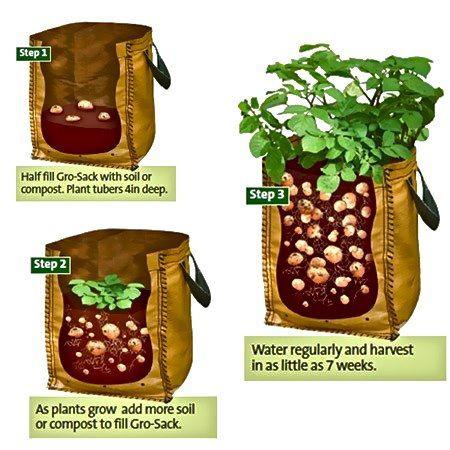
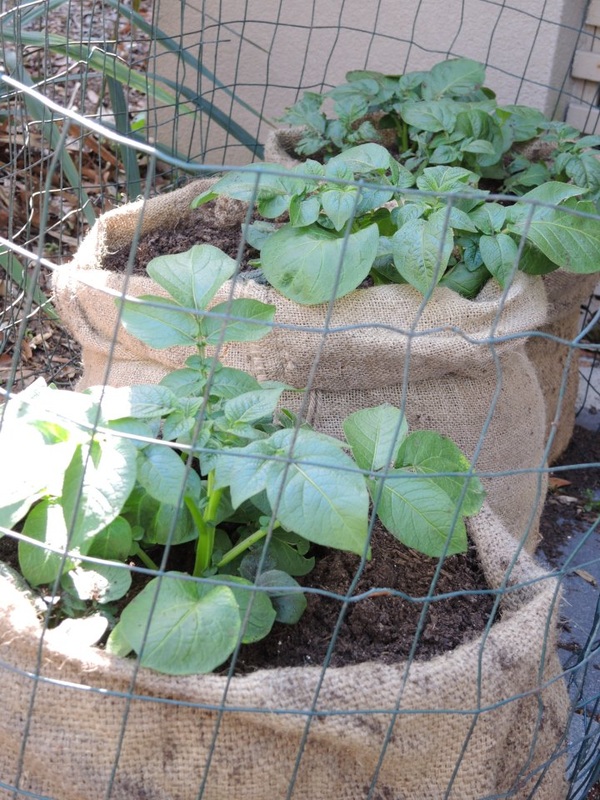
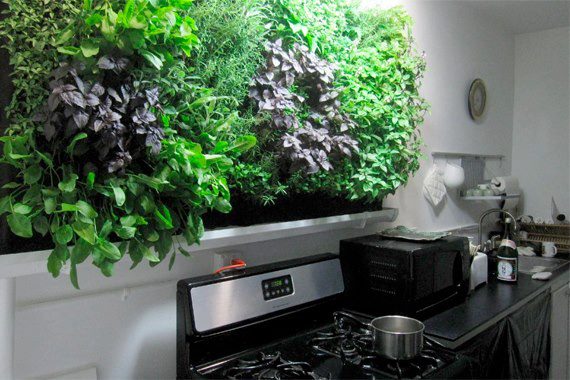
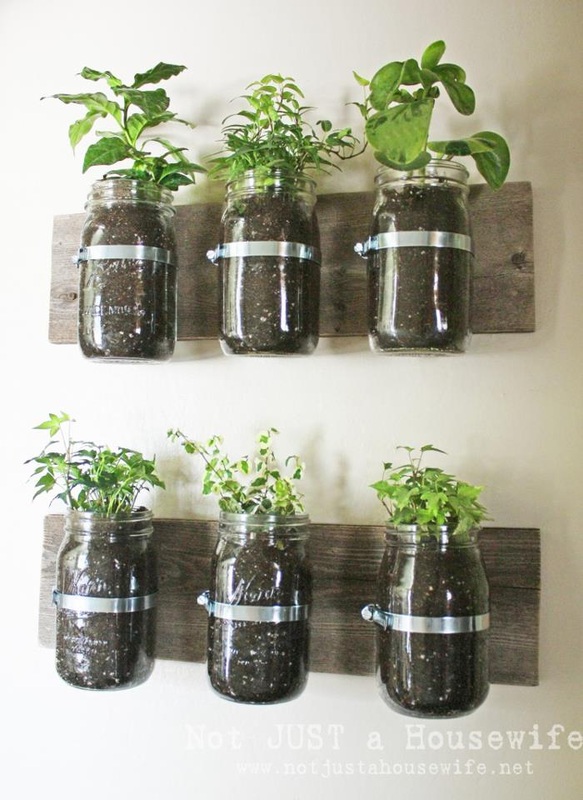
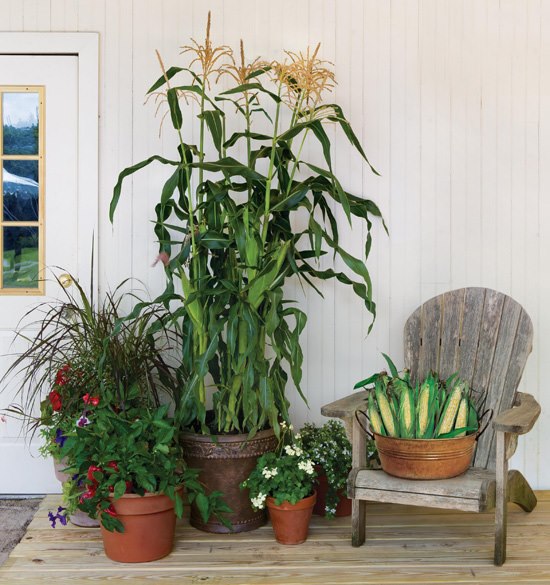
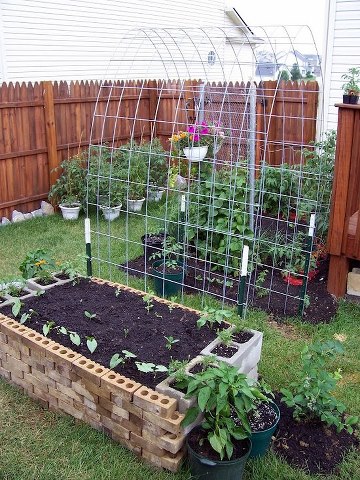
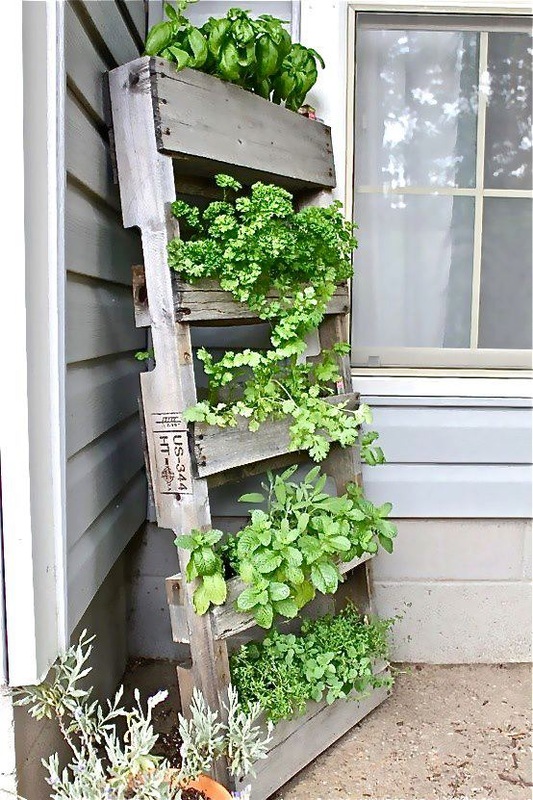
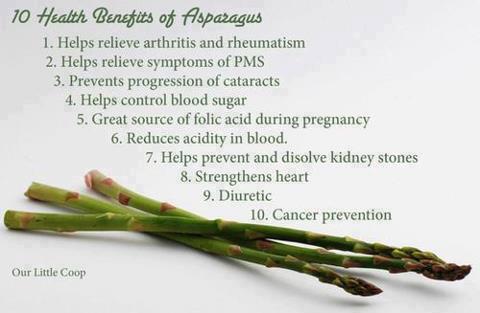

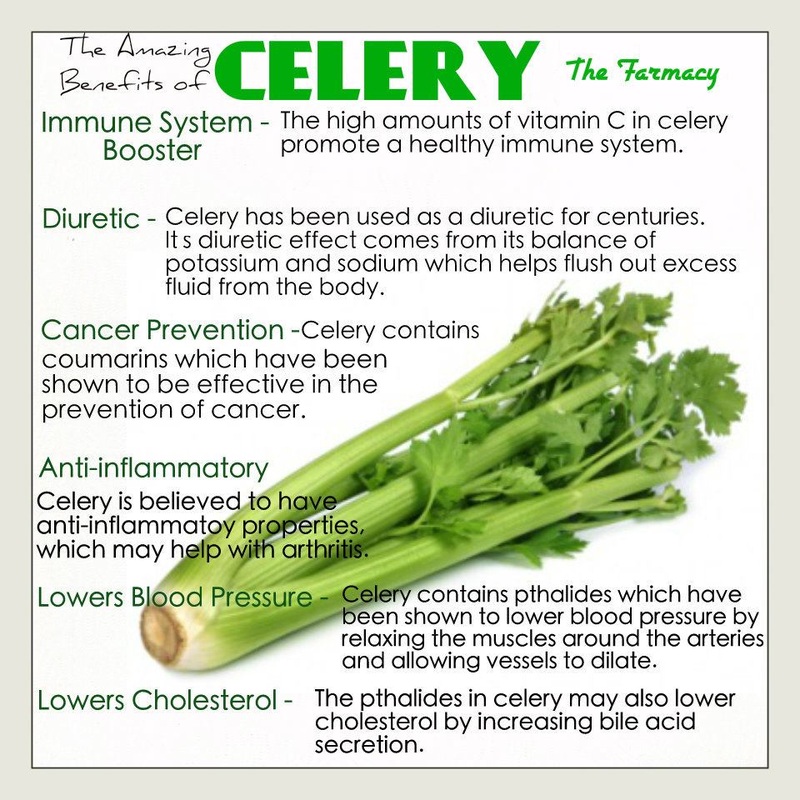
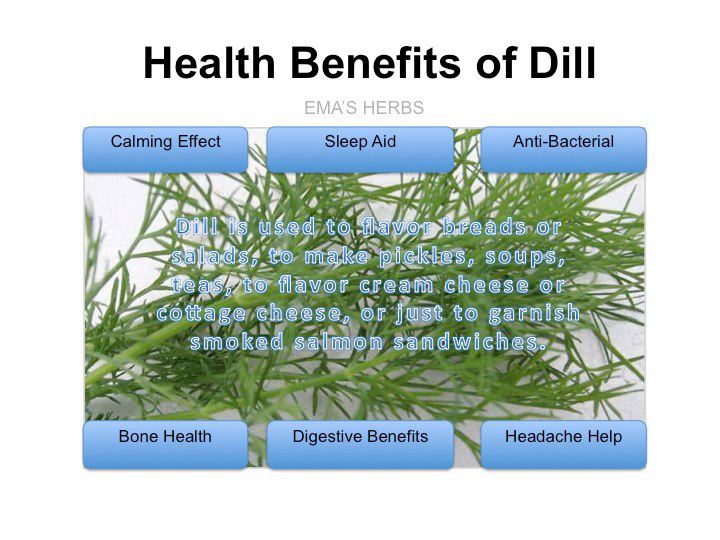
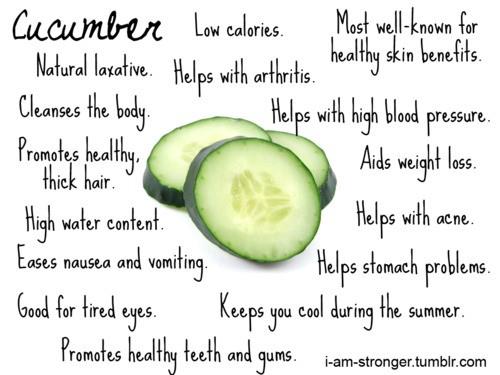
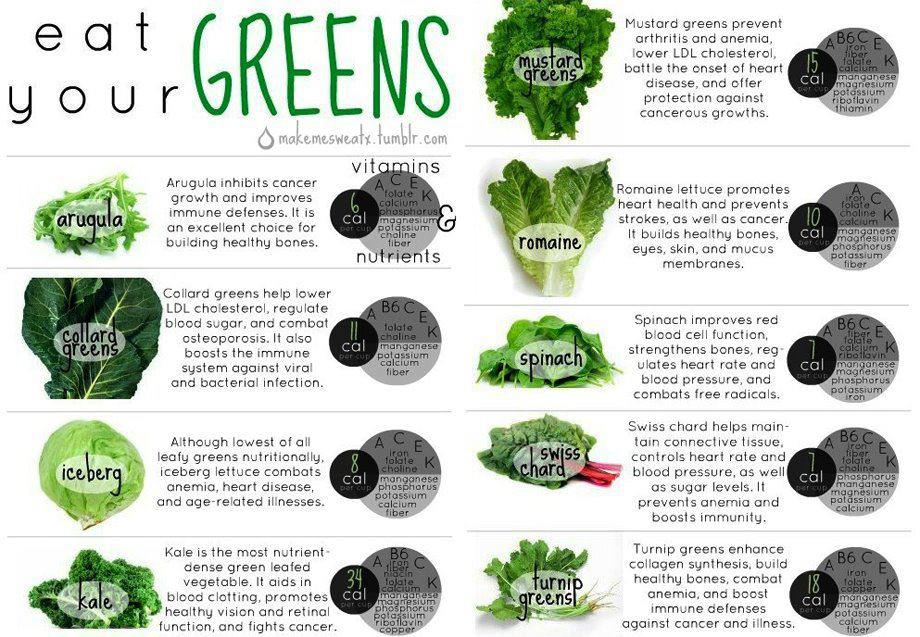

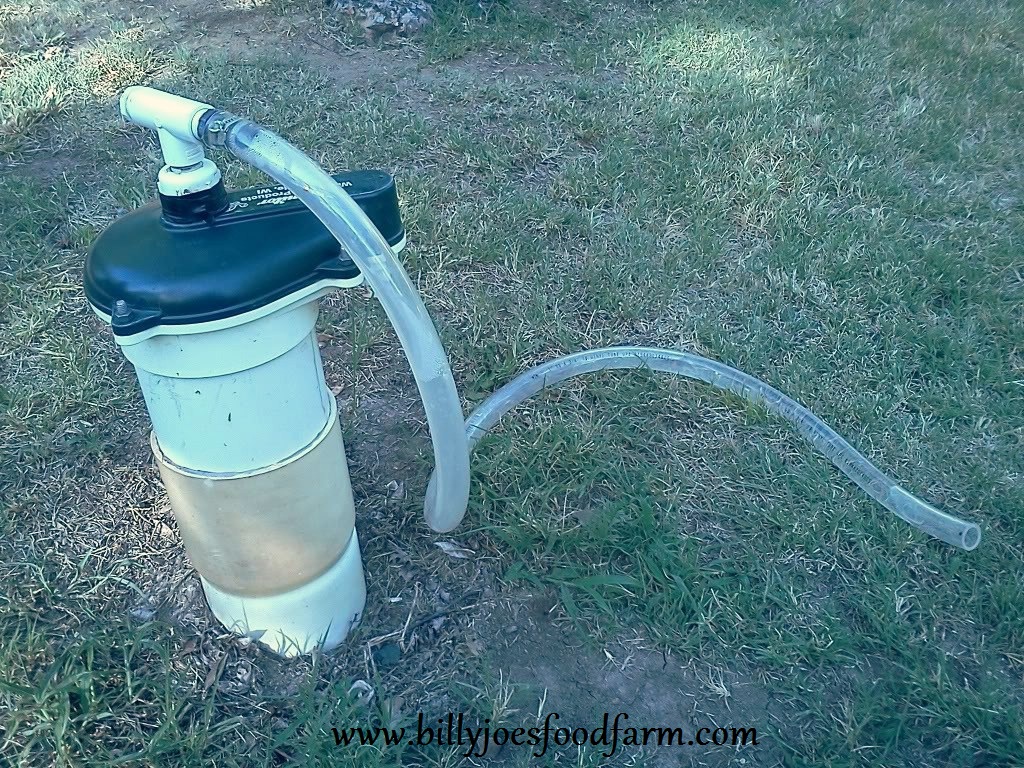
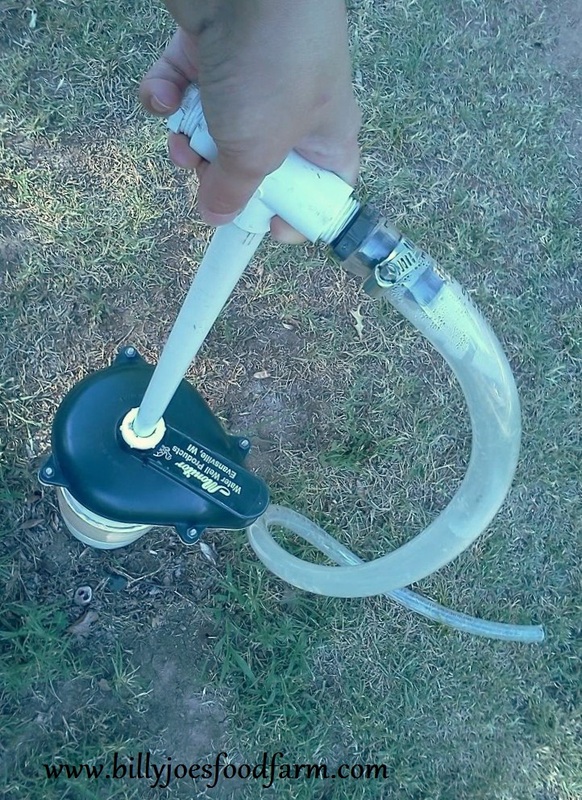
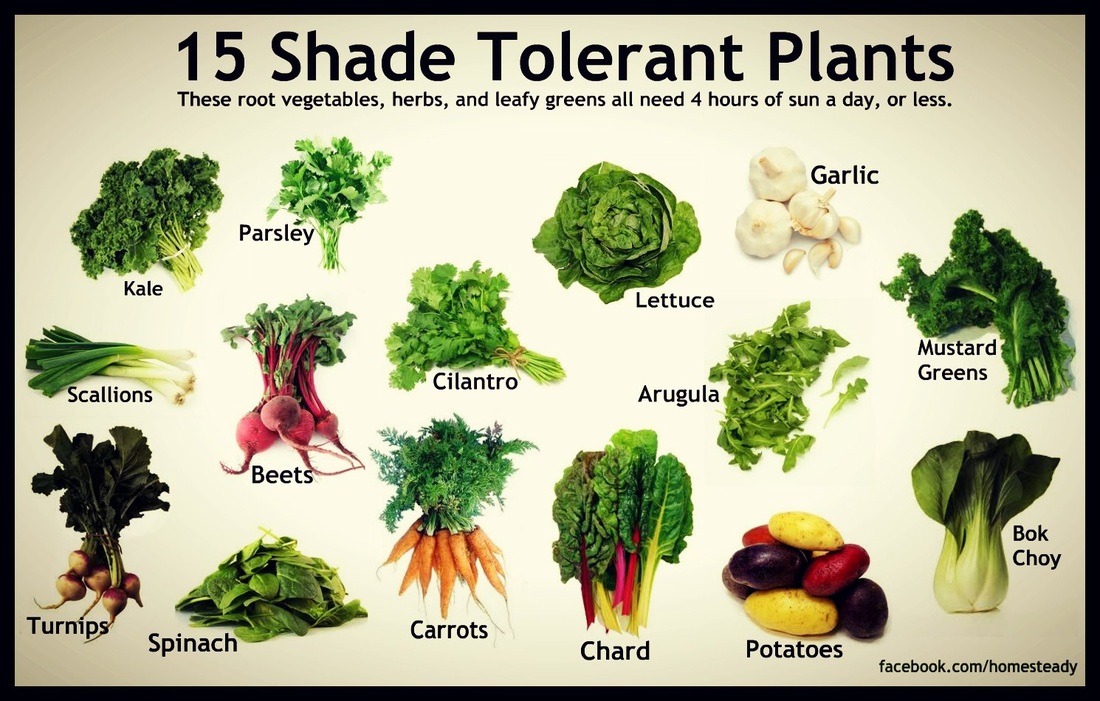
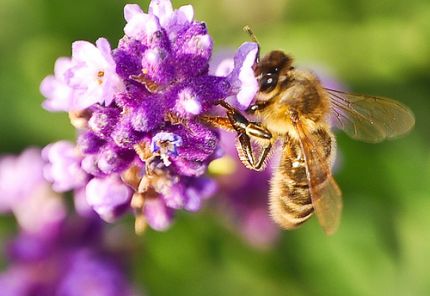
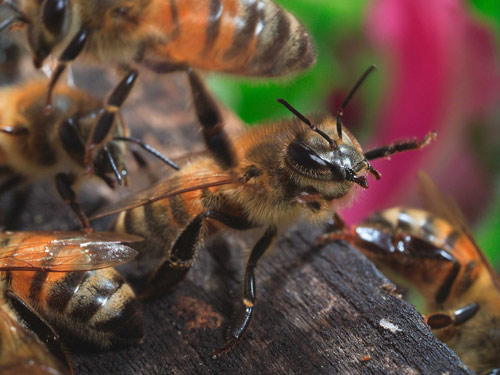
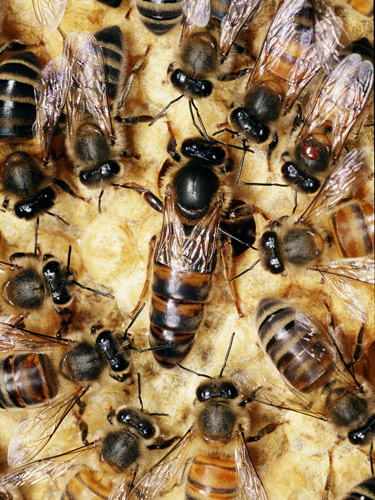
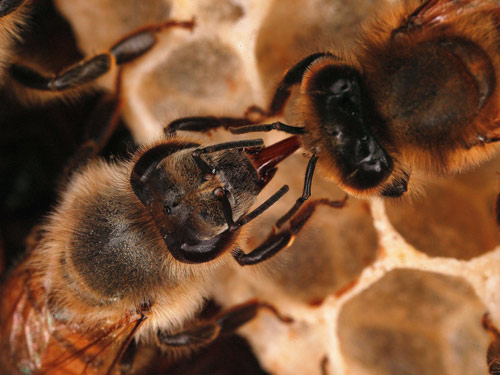

 RSS Feed
RSS Feed